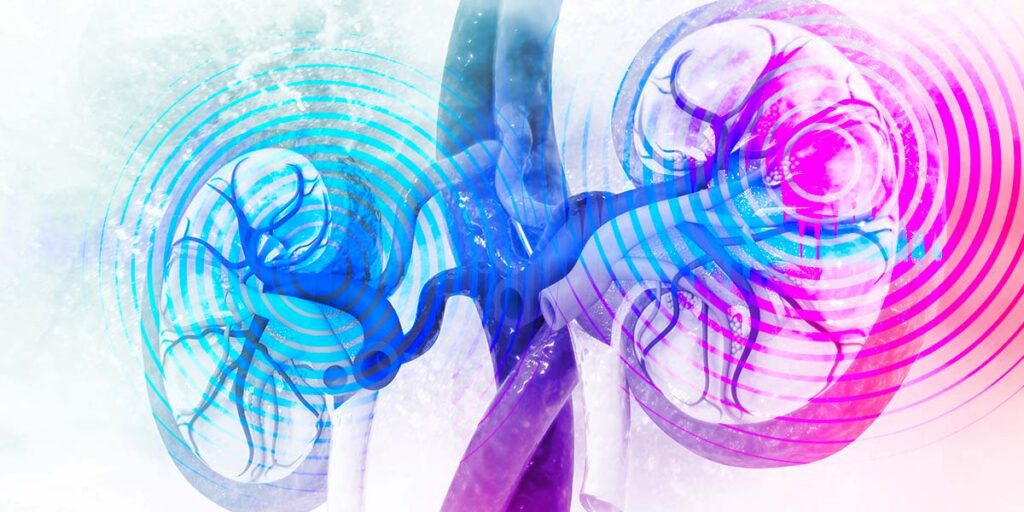Understanding Renal Ultrasounds
The kidneys are powerful organs that are essential to your health. When something goes wrong, a renal ultrasound, or kidney ultrasound, is a vital tool in the detection and diagnosis of diseases and other problems related to the kidneys.
You probably already know that one of the main jobs of the kidneys is to flush waste and excess fluids from your body. Not only do they help to balance blood pressure, strengthen bones and produce red blood cells, they help to regulate materials that pass through it, including water, salts and minerals. Without these important processes, your body cannot function as it should.
What Are the Signs of Kidney Disease?
When any of your kidney functions are not properly performing, many parts of your body are affected. It’s crucial to determine the problem as soon as possible to help prevent further damage to your body.
Here are some signs that something may not be right:
- Feeling more tired than usual and having trouble concentrating
- Sleep disturbances
- Frequent need to urinate
- Dry, itchy skin
- Blood in the urine or foamy urine
- Swollen feet and ankles
- Puffy eyes
- Lack of appetite
- Muscle cramps
Symptoms of kidney stones:
- Painful urination and/or blood in urine
- Nausea and vomiting
- Stabbing pain in your back or abdomen
How Does a Renal Ultrasound Work?
An ultrasound produces images through sound waves created when electrical energy applied to cystal materials inside a probe called a transducer. The sound waves are reflected from various tissues back to the transducer, and a connected computer translates them into an image called a sonogram.
If you have concerning symptoms, your doctor will often recommend a renal ultrasound, which creates images of both of your kidneys, as well as your bladder. The doctor will look for:
- Abnormalities in the size or shape of your kidneys
- Blockages or kidney stones
- Blood flow
- Cysts or tumors
- Signs of injury or infection
How Do I Prepare for a Renal Ultrasound?
Your doctor might instruct you to drink 24 ounces of water prior to the test, as well as not to eat or drink anything else for several hours beforehand.
During the test, an ultrasound technician will spread a warm gel on your skin over the kidneys. He or she will then use a small probe to take images created by sound waves. You might need to hold your breath at times or roll on your side. The test is painless and takes 20–30 minutes. In most cases, your doctor will receive the results within a couple of days and will then decide the appropriate next steps.
Learn more about ultrasound services at American Health Imaging.
